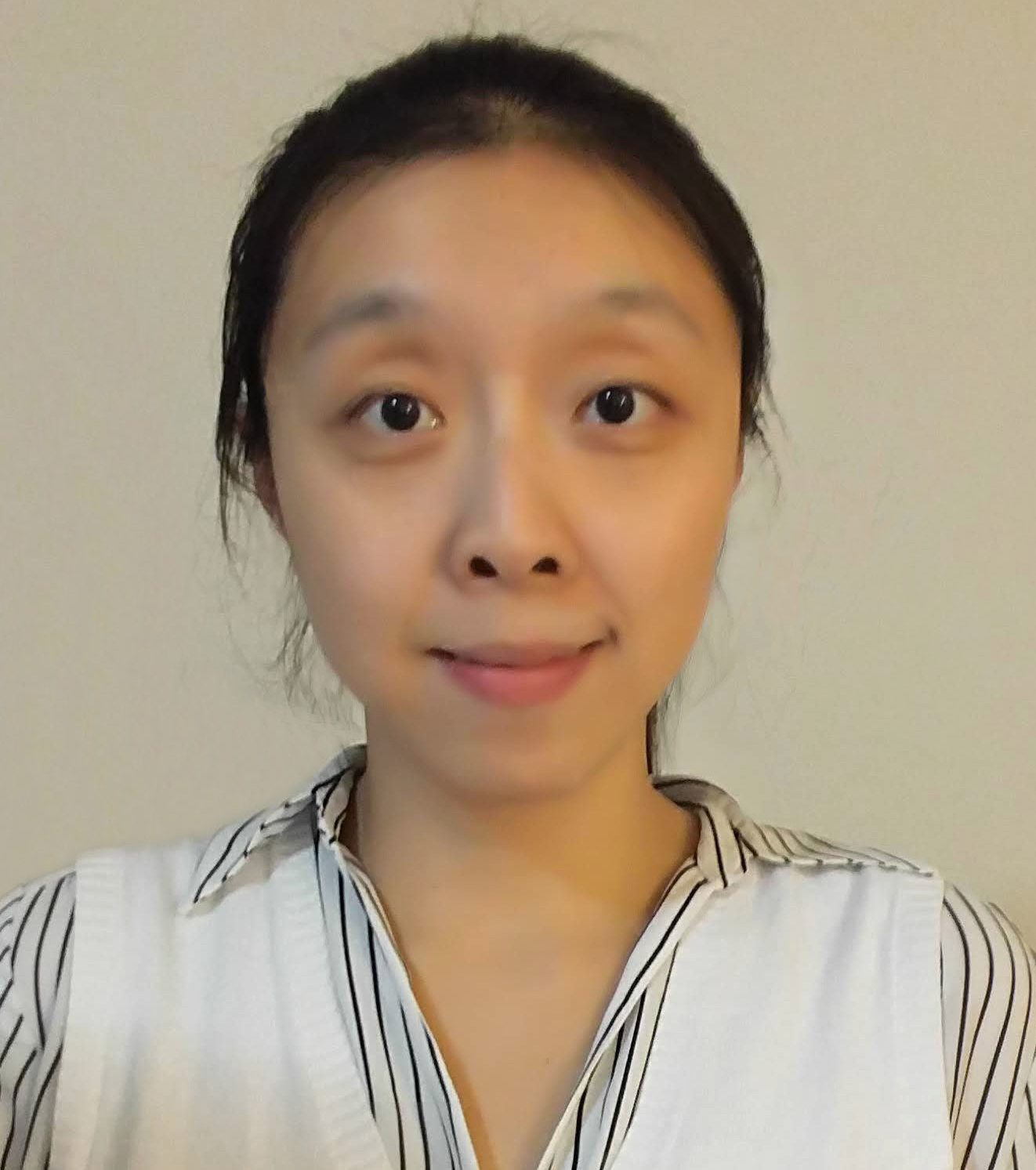
Visualizing the spatial map in the brain
Description
Speaker: Dr. Yi Gu, PhD; Princeton Neuroscience Institute
Talk Title: Visualizing the spatial map in the brain
Abstract: The ability of knowing where we are and finding our way during spatial navigation is closely associated with an “inner GPS” in the brain, the hippocampal-entorhinal circuit. The medial entorhinal cortex (MEC) contains “grid cells”, which have one of the most mysterious activity patterns in the brain, as their firing fields lie on a triangular lattice when animals navigate in an open arena. These grid cells together may serve as a coordinate system allowing precise positioning during navigation. Here I will present my study on grid cells in understanding the formation of their activity patterns and their roles in path integration. First, combining cellular-resolution two-photon imaging and virtual reality, I revealed a topographical map of grid cells in the mouse MEC according to their firing properties. This map contributes to a foundation for evaluating circuit models of grid cell network and is consistent with continuous attractor models as the mechanism of grid formation. Second, I discovered a novel cell type, “cue cell”, in the MEC. Cue cells specifically encode landmark information during virtual navigation and are potentially important for correcting errors in grid cell network during path integration. In my future laboratory, I will develop multifaceted research programs to understand the MEC in both health and disease at the circuit and molecular levels.

